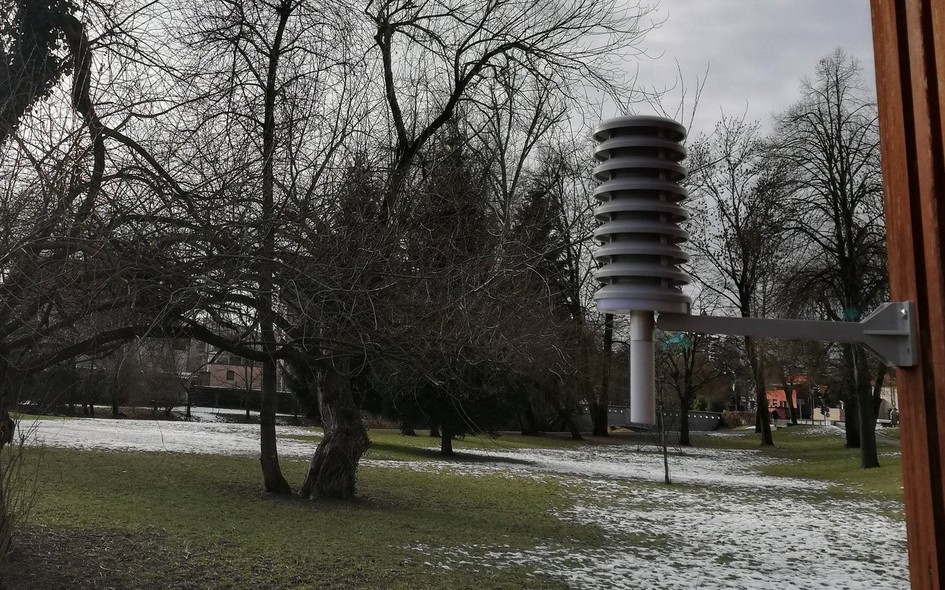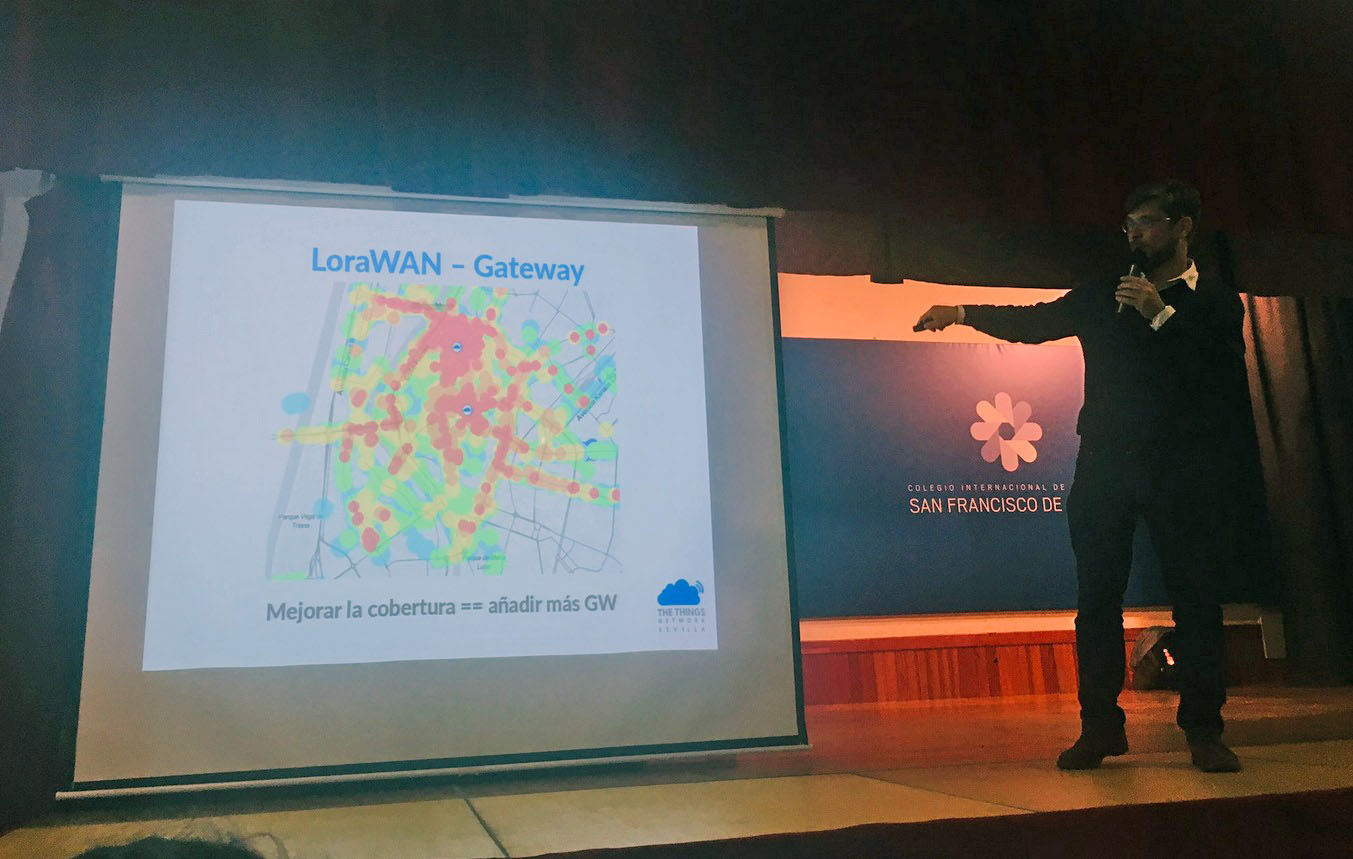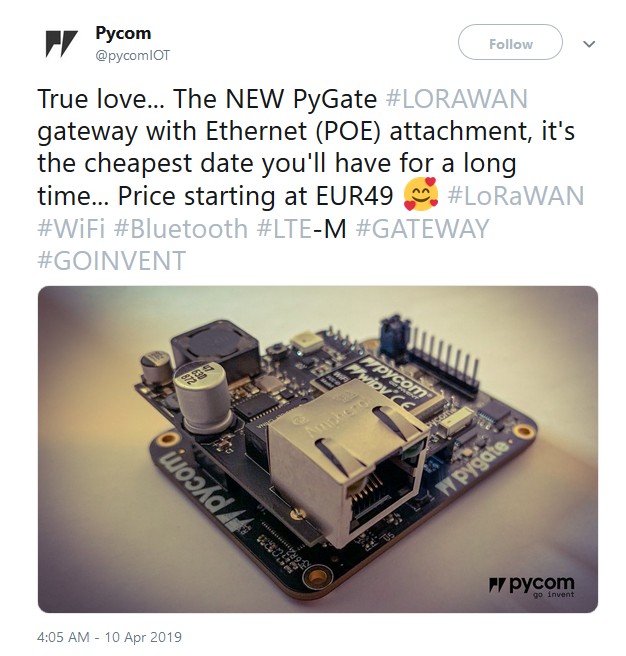
Google Docs can be edited inside of Dropbox
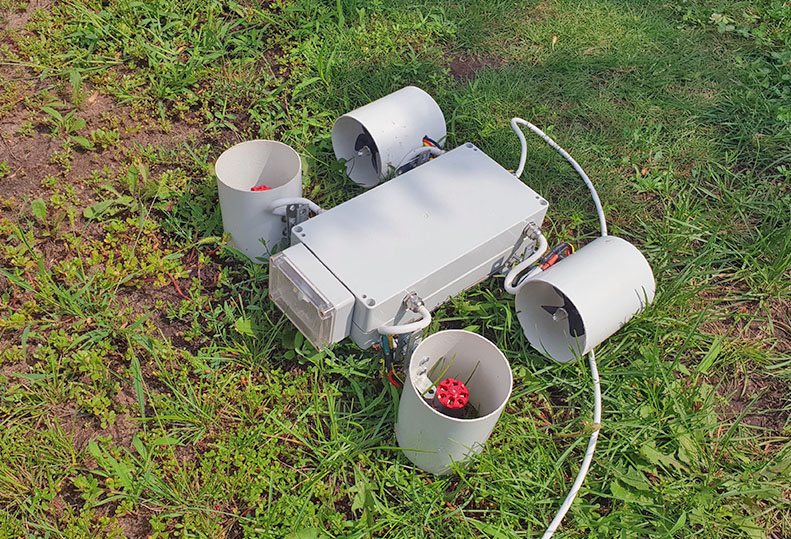
Raspberry Pi underwater camera drone
Conference Paper : the 24th Symposium on Computers and Communications (ISCC), At Barcelona, Spain - Abstract:
LoRaWAN is a recently proposed MAC layer protocol which manages communications between LoRa-based gateways and end-devices
It has attracted much scientific attention due its physical layer characteristics, but mainly due to its versatile configuration parameters.
However, it is known that LoRaWAN-based transmissions suffer from extensive collisions due to the unregulated access to the medium. For this reason, various techniques that alleviate the burst of collisions have been proposed in the literature
In this paper, we deal with the problem of fast data delivery in LoRa-based networks.
We model a network where transmissions follow a Poisson process.
We compute the average packet success probability per Spreading Factor (SF) assuming orthogonal transmissions.
We, then, formulate an SF optimization problem to maximize the success probability given an amount of data per node and a maximum data collection time window.
We show – both theoretically and using simulations – that the overall success probability can be improved by approximately 100% using optimal SF assignments.
We validate our findings using a 10-node testbed and extensive experiments.
New Requirements for Pre-Certified Modules
This is an important message intended for customers that are in the process of launching a new product using a pre-certified module.
When managing regulatory certifications for intentional radiators, the use of certified modules provides advantages to companies looking to reduce complexity, cost, and time to market.
For years, it’s been common practice for a host manufacturer implementing a certified module to leverage the modular certification and only perform FCC Part 15B general emissions testing. Once completed, the product would be eligible for marketing and sale in the US. As of February 1, 2019, this requirement has changed.
The FCC published KDB 996369, a Module Integration Guide; which now requires host manufacturers to perform additional measurements when implementing a pre-certified module.
What Does This Requirement Mean?
In addition to ensuring compliance to Part 15B, the FCC now requires host manufacturers ensure that spurious emissions of the pre-certified module remain compliant while in the host product.
This means that the host manufacturer, given that all module integration guidelines were followed, must ensure that transmitter spurious emissions are still compliant to the applicable certification regulations. For example, if a Bluetooth transmitter has single-modular approval to Part 15C, then the module within the host product must demonstrate the spurious emissions still comply with Part 15C requirements.
It is important to note that not all modes of operation, channels, modulation types, etc. need to be tested and using certified modules significantly reduces your testing requirements for intentional transmitters. Worst-case representations, as identified in the pre-certified module’s filing, must be validated as part of this KDB, which will be a smaller subset than the entire module certification testing requirements. It should also be noted this only affects FCC certifications or other countries that use FCC reports. The remainder of global modular certifications are not affected by this change.
Although FCC encourages relevant parties to follow the KDB immediately, this requirement will be mandatory May 1, 2019. Please click here to review the KDB 996369.
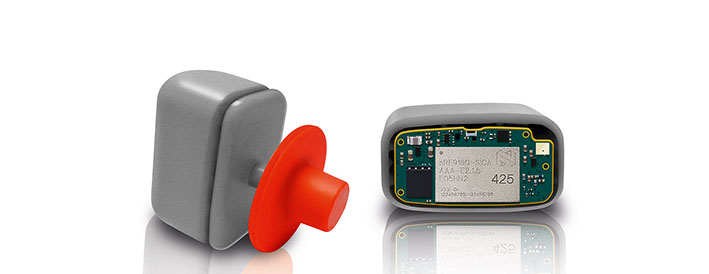
Developed by Finnish startup, Anicare, the ‘Healtag’ tracker autonomously measures different vital functions for up to five years. Data is sent to the Cloud for access via a smartphone app so that injured or ill animals in the wild can be automatically identified for rescue.

breaking U.K. Police Arrest Julian Assange as Ecuador Withdraws Asylum
on behalf of the United States

